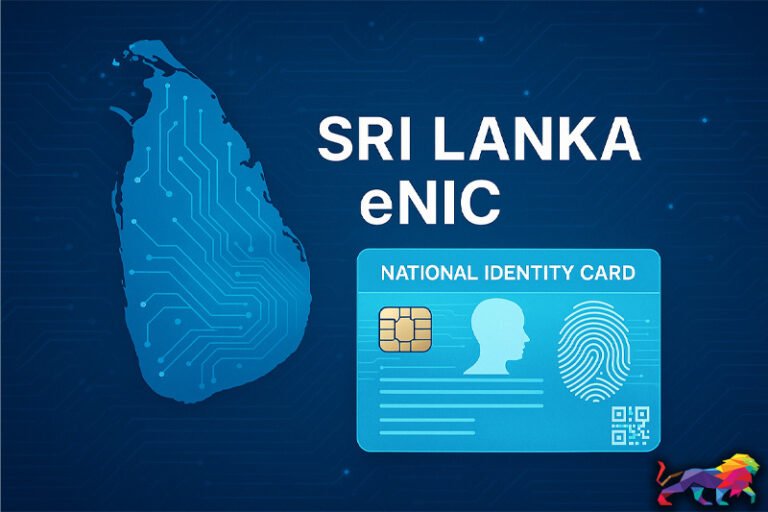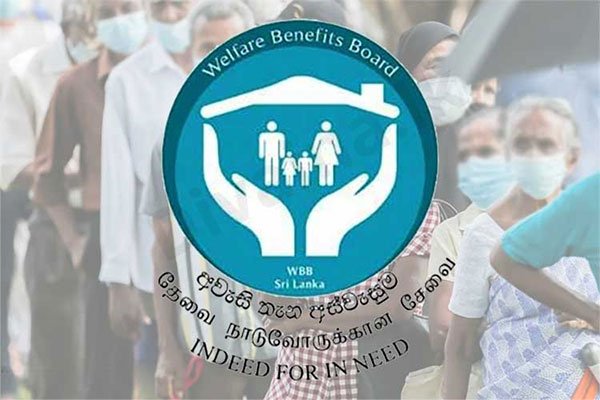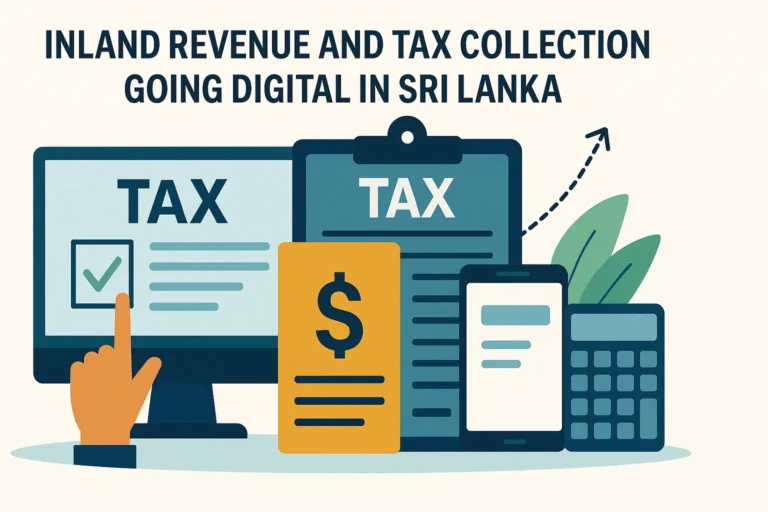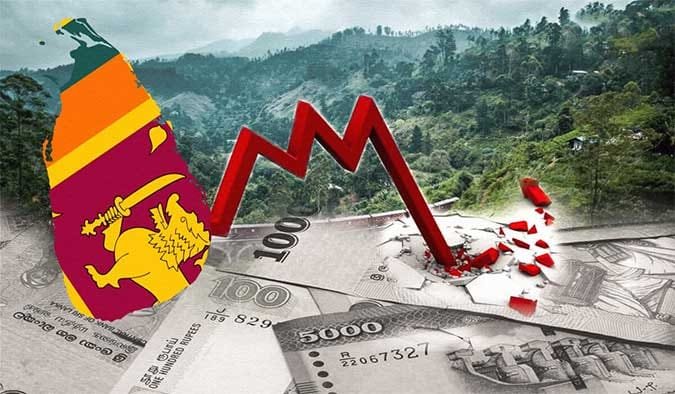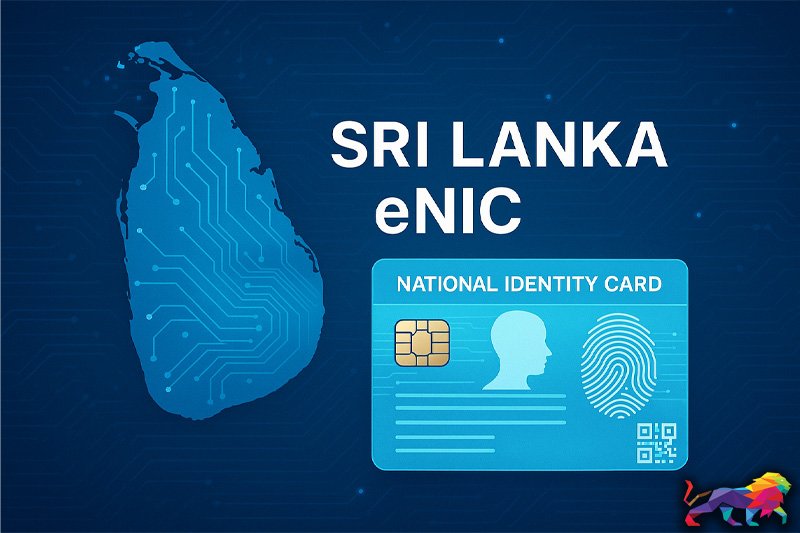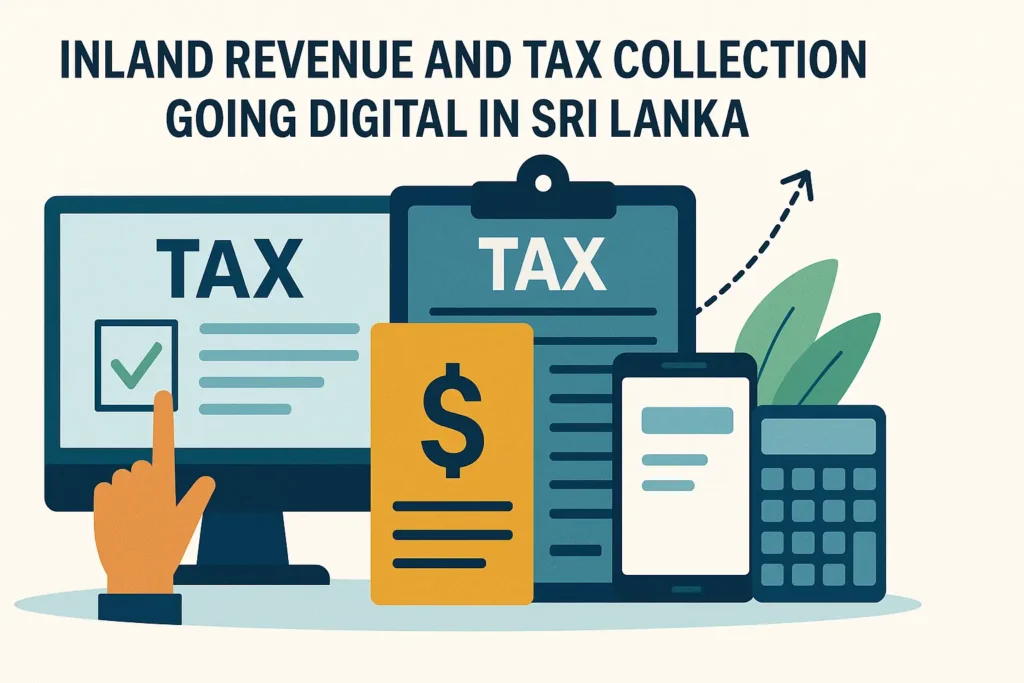Sri Lanka has officially launched the exchange of its outstanding International Sovereign Bonds (ISB Exchange), amounting to $12.55 billion as of 25 November 2024. The Finance Ministry has invited bondholders to participate in this process, exchanging their existing bonds for new instruments during a three-week period ending on 12 December 2024.
This exchange is a critical step in Sri Lanka’s journey toward sovereign debt sustainability and economic recovery. Here’s what you need to know about this significant development.
Key Details of the ISB Exchange
The launch of the bond exchange follows the approval of terms and conditions by Sri Lanka’s new Cabinet, which was established on 18 November 2024. Bondholders are strongly encouraged to tender their bonds as early as possible to ensure a smooth and efficient process.
The new bond instruments have been carefully negotiated over the past two years, involving good-faith discussions with both international investors and domestic financial institutions. These two groups represent over 50% of the outstanding bonds, reflecting broad support for the initiative.
Additionally, the International Monetary Fund (IMF) and Sri Lanka’s Official Creditor Committee have endorsed the proposed terms, ensuring they align with the country’s IMF-supported program and the principle of equitable treatment for all creditors.
Benefits of the Exchange for Sri Lanka

The successful completion of the ISB exchange is expected to yield several critical benefits for Sri Lanka, including:
- Debt Service Reduction
Sri Lanka aims to achieve a $9.5 billion reduction in debt service payments over the four-year IMF program period. - Lower Coupon Rates
The coupon rate on Sri Lanka’s bonds will be reduced by 31%, bringing it down to an average of 4.4%. - Extended Maturity Periods
The maturity profile of the bonds will be extended by more than five years, providing much-needed breathing room for the country’s finances. - Normalized Relations with Bondholders
Completing this process will restore trust and normalize relationships with international bondholders, which is crucial for future financing opportunities.
These measures are expected to stabilize Sri Lanka’s economy, allowing the country to focus on long-term recovery and growth.
A Milestone for Economic Recovery
President and Finance Minister Anura Kumara Dissanayake described the launch of the ISB exchange as a significant milestone for Sri Lanka. In a statement, he expressed gratitude to the country’s external creditors, the IMF, and the Official Creditor Committee for their cooperation during the negotiations.
“Today’s official announcement of the commencement of the International Sovereign Bond restructuring with private creditors marks an important milestone for Sri Lanka,” President Dissanayake said. “I urge private sector creditors to participate in the debt restructuring process to provide essential relief, thereby laying the groundwork for a brighter future for Sri Lanka and its people.”
The President emphasized the importance of this process in achieving economic stability and alleviating the financial burden on the nation.
Transparency and Accessibility for Bondholders
To ensure transparency and ease of participation, all relevant information for bondholders is available on the official Invitation website at https://projects.sodali.com/srilanka. Access to the information requires eligibility confirmation and registration.
Bondholders with questions or requiring assistance with the process can contact the designated dealer manager or the information, tabulation, and exchange agent. This ensures that participants have access to the necessary resources to complete their submissions smoothly.
A Path to Sovereign Debt Sustainability
The ISB exchange is a cornerstone of Sri Lanka’s broader efforts to achieve sovereign debt sustainability. By significantly reducing debt service obligations, lowering interest costs, and extending repayment timelines, the country is taking steps to address its financial challenges while laying the foundation for economic recovery.
Under the baseline scenario, Sri Lanka is set to benefit from a more manageable debt profile, reduced financial strain, and an improved relationship with international creditors. These measures are aligned with the IMF’s goals and will enable Sri Lanka to focus on structural reforms and economic development.
Looking Ahead: Building a Brighter Future
The bond exchange represents more than just financial restructuring; it is a crucial step in rebuilding Sri Lanka’s economic future. By addressing its debt challenges head-on, the country aims to restore investor confidence, attract new funding, and create a stable environment for economic growth.
President Dissanayake’s call for private sector participation underscores the importance of collective action in overcoming the current challenges. With the support of international and domestic stakeholders, Sri Lanka is poised to turn the corner on its financial struggles and work toward a brighter, more sustainable future.
Final Thoughts
The launch of Sri Lanka’s ISB exchange marks a pivotal moment in the country’s economic recovery efforts. Through collaborative negotiations, transparent processes, and well-structured financial strategies, Sri Lanka is addressing its debt challenges while setting the stage for long-term stability.
The success of this initiative will depend on the active participation of bondholders and continued support from the international community. With these elements in place, Sri Lanka can achieve its goal of sustainable debt management and pave the way for economic resilience and growth.


